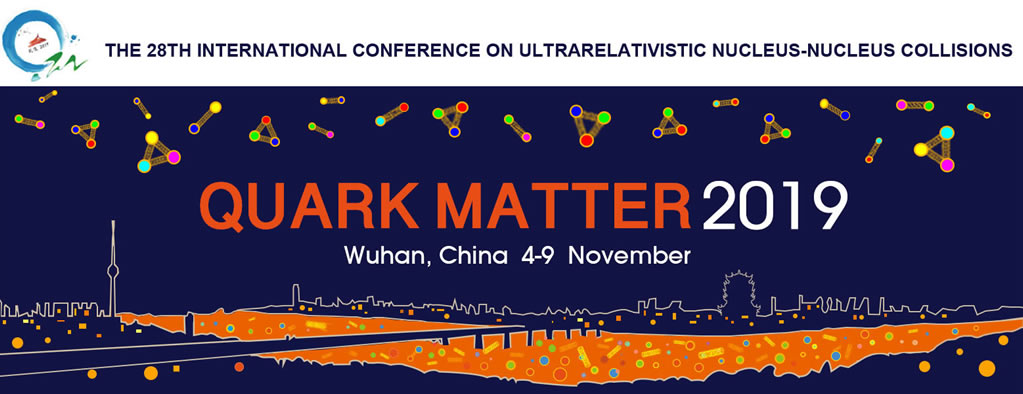Speaker
Description
Due to the relative motion of the charged heavy-ions in heavy-ion-collision experiments, a high magnetic field is produced. The initial magnitude of this magnetic field can be very high at RHIC and LHC energies at the time of the collision and then it decreases very fast. The presence of an external anisotropic field in the medium subsequently requires modification of the present theoretical tools that can be applied appropriately to investigate various properties of QGP. Recently, we have reformulated Hard Thermal Loop perturbation theory for a magnetized hot and dense nuclear matter by calculating quark and gluon self-energies and also the other N-point functions. We have also applied those results to calculate various quantities such as QCD thermodynamics in one-loop level, hard dilepton production rate from hot and dense deconfined magnetized nuclear matter. In this talk, I will summarized those results and the findings.
